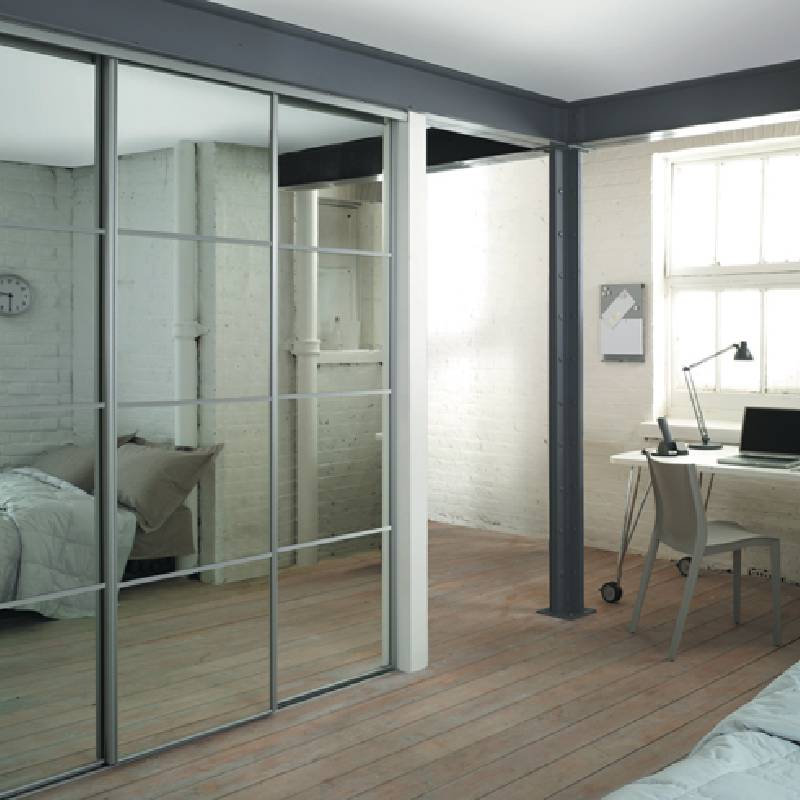

Exploring Pyrolytic Low-E Glass A Sustainable Approach to Energy Efficiency
In an era where energy efficiency is paramount to combat climate change and reduce utility costs, innovative materials have taken center stage in creating sustainable constructions. One such material is pyrolytic low-emissivity (Low-E) glass, which is gaining traction in the construction industry for its energy-saving properties and versatility. This article explores the nature, benefits, and applications of pyrolytic low-E glass, highlighting its significance in modern architecture and sustainable building practices.
Understanding Pyrolytic Low-E Glass
Pyrolytic low-E glass is a type of coated glass that is produced using a high-temperature pyrolytic process. During this process, a microscopic layer of metal oxide is applied to the surface of the glass while it is still in a molten state. This manufacturing method permanently bonds the coating to the glass, resulting in a durable product that is resistant to scratches and environmental impacts.
The primary purpose of the low-E coating is to reflect infrared radiation while allowing visible light to pass through. This selective reflection helps to maintain indoor temperatures by minimizing heat loss during the winter months and reducing heat gain in the summer. Therefore, pyrolytic low-E glass is ideal for both residential and commercial buildings striving for energy efficiency.
Benefits of Pyrolytic Low-E Glass
1. Energy Efficiency The most significant advantage of pyrolytic low-E glass is its ability to enhance energy efficiency. It reduces the need for artificial heating and cooling, ultimately lowering energy consumption and costs. Studies have shown that buildings equipped with low-E glass can save up to 30% in energy costs compared to those using conventional glazing.
2. Comfort Pyrolytic low-E glass helps create more comfortable indoor environments. By minimizing temperature fluctuations, it prevents cold drafts near windows in winter and keeps spaces cooler during hot weather. This improvement in thermal comfort is essential for both residential and commercial applications.

3. UV Protection The low-E coating also provides protection against harmful ultraviolet (UV) rays. By filtering out a significant portion of UV radiation, this glass helps protect furnishings, flooring, and artwork from fading, thus prolonging their lifespan.
4. Aesthetic Appeal Pyrolytic low-E glass can be designed to maintain clarity and brightness, allowing for abundant natural light without compromising energy efficiency. It is available in various tints and finishes, giving architects and designers the flexibility to meet aesthetic demands while enhancing functionality.
5. Environmentally Friendly Utilizing pyrolytic low-E glass contributes to sustainable building practices. By reducing energy consumption and minimizing greenhouse gas emissions, buildings can significantly lower their carbon footprint. Moreover, the longevity and durability of low-E glass reduce the need for frequent replacements, leading to less waste in landfills.
Applications of Pyrolytic Low-E Glass
Pyrolytic low-E glass is versatile and finds applications in a variety of settings. In residential buildings, it is commonly used in windows and doors, providing homeowners with an energy-efficient solution that enhances comfort and reduces energy bills. In commercial buildings, low-E glass is utilized for curtain walls, skylights, and storefronts, promoting energy savings while creating attractive facades.
Moreover, in the automotive industry, low-E glass is used in windshields and windows to improve energy efficiency and maintain cabin comfort. This adoption is part of a broader trend toward sustainability across various industries, emphasizing the importance of innovative materials in achieving environmental goals.
Conclusion
As society increasingly shifts towards sustainability, pyrolytic low-E glass emerges as a vital component in modern architecture. Its energy-efficient properties, combined with aesthetic versatility and environmental benefits, make it a compelling choice for builders and architects. Whether in residential or commercial applications, the integration of pyrolytic low-E glass not only enhances energy efficiency but also contributes to a greener future, showcasing the potential of innovative materials in combating climate change and promoting sustainability in the built environment. With continued advancements in glass technology, pyrolytic low-E glass stands at the forefront of creating energy-efficient and comfortable living and working spaces. It represents a significant step in producing buildings that harmonize with nature while meeting the needs of the modern world.